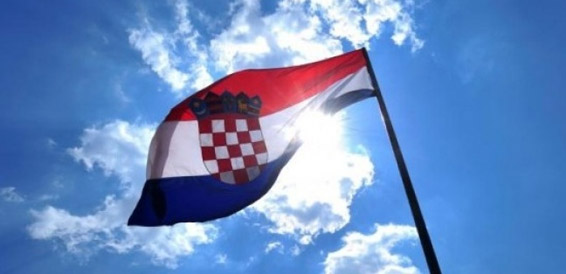
Fact and Figures
National name: Republika Hrvatska
Land area: 21,781 sq mi (56,414 sq km); total area: 21,831 sq mi (56,542 sq km)
Number of islands: 1185
Coastline lenght: 4000+ km
Population: 4,5 million
Capital and largest city: Zagreb, 700,000
Other large cities: Split, 173,600; Rijeka, 142,500; Osijek, 89,600
Languages: Croatian 96% (official), other 4% (including Italian, Hungarian, Czech, Slovak, German)
Monetary unit: Kuna
Croatia is located in Central and Southeast Europe, bordering Hungary to the northeast, Serbia to the east, Bosnia and Herzegovina to the southeast, Montenegro to the southeast, the Adriatic Sea to the southwest and Slovenia to the northwest. It lies mostly between latitudes 42° and 47° N and longitudes 13° and 20° E. Part of the territory in the extreme south surrounding Dubrovnik is a practical exclave connected to the rest of the mainland by territorial waters, but separated on land by a short coastline strip belonging to Bosnia and Herzegovina around Neum.
Most of Croatia has a moderately warm and rainy continental climate. The coldest parts of the country are Lika and Gorski Kotar where snowy forested climate is found at elevations above 1,200 metres (3,900 feet). The warmest areas of Croatia are at the Adriatic coast and especially in its immediate hinterland characterised by the Mediterranean climate, as the temperature highs are moderated by the sea.
Prevailing winds in the interior are light to moderate northeast or southwest, and in the coastal area prevailing winds are determined by local area features. Higher wind velocities are more often recorded in cooler months along the coast, generally as bura or less frequently as sirocco. The sunniest parts of the country are the outer islands, Hvar and Korcula, where more than 2700 hours of sunshine are recorded per year, followed by the southern Adriatic Sea area in general, northern Adriatic coast, and Slavonia, all with more than 2000 hours of sunshine per year.